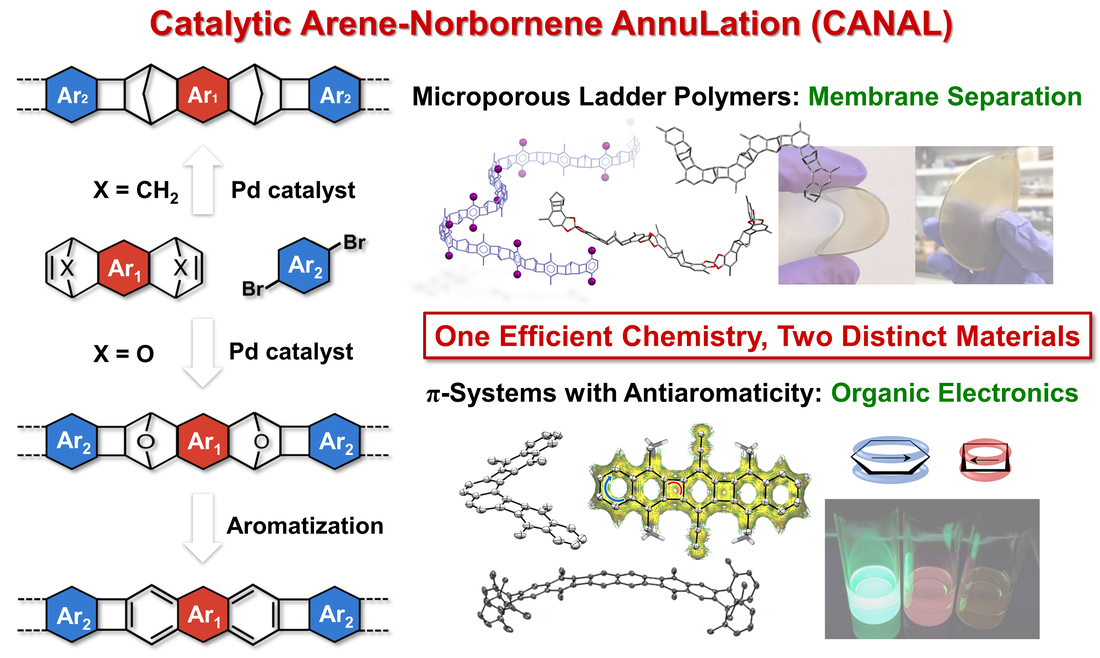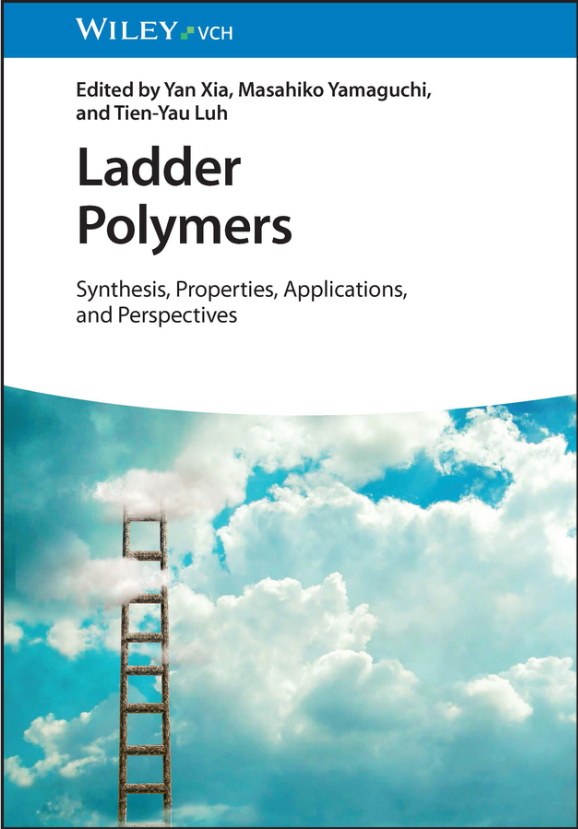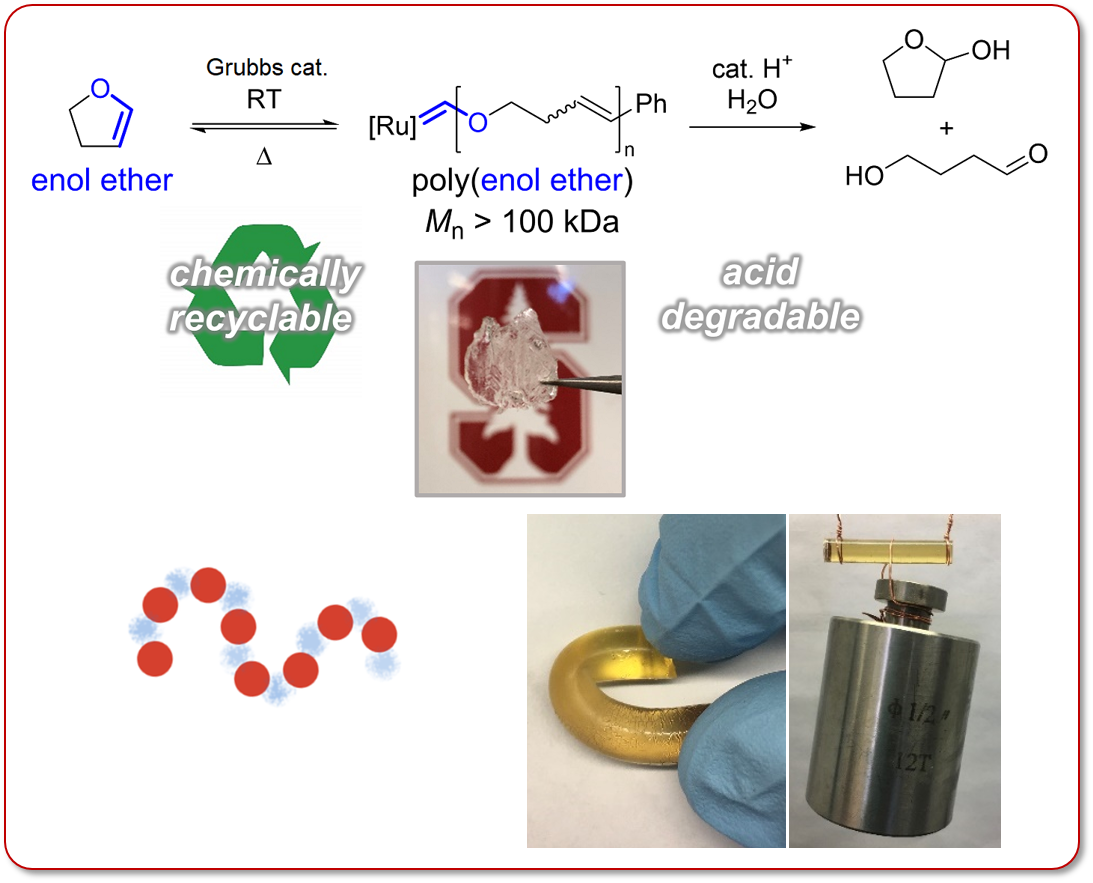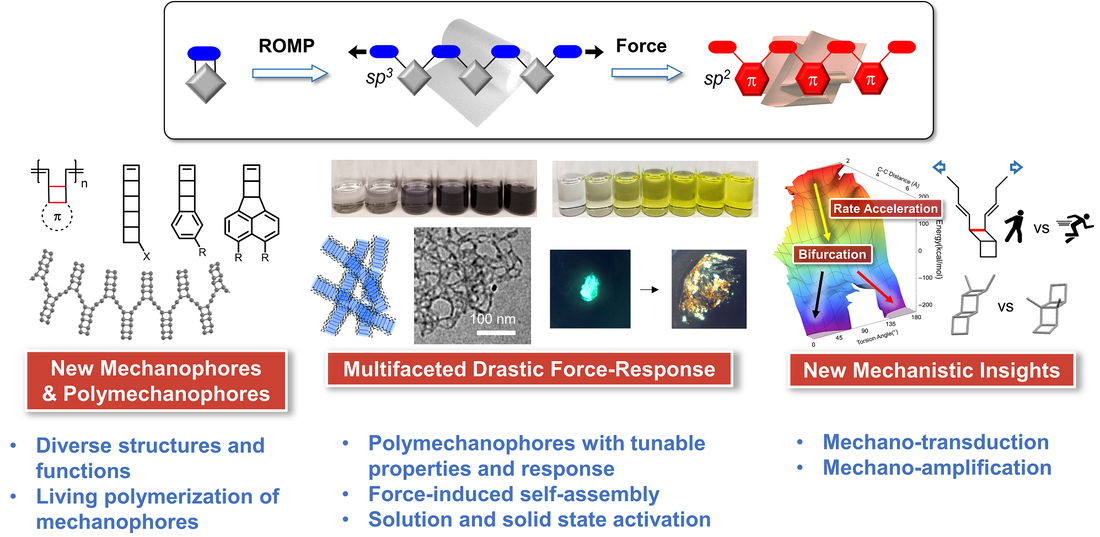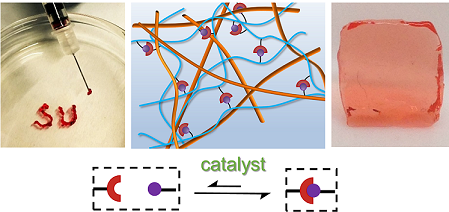RESEARCH INTERESTS
Driven by new synthetic capability, rational molecular design, and often pure curiosity, we are interested in the design, synthesis, and manipulation of novel organic and polymeric materials. We use a combination of organic and polymer chemistry, catalysis, and various advanced characterizations to create, control, and investigate unusual (macro)molecular structures and organic materials with tailored conformations, nanostructures, properties, and functions.
Our research combines vigorous function-driven syntheses and rigorous investigation of molecular and macroscopic properties, which advance our fundamental understanding of emerging topics in chemistry and polymer science as well as address daunting challenges in the following themes:
Our research combines vigorous function-driven syntheses and rigorous investigation of molecular and macroscopic properties, which advance our fundamental understanding of emerging topics in chemistry and polymer science as well as address daunting challenges in the following themes:
1. Molecular Ladder Materials
Powerful and versatile catalytic chemistry has continuously stimulated the emergence of novel molecular scaffolds and new types of organic materials. We have developed efficient and versatile Catalytic Arene-Norbornene AnnuLation (CANAL) to synthesize microporous rigid ladder polymers and conjugated molecules containing antiaromatic cyclobutadienoids ― two distinct types of unusual materials for energy-efficient membrane separations and future organic electronics, respectively.
Powerful and versatile catalytic chemistry has continuously stimulated the emergence of novel molecular scaffolds and new types of organic materials. We have developed efficient and versatile Catalytic Arene-Norbornene AnnuLation (CANAL) to synthesize microporous rigid ladder polymers and conjugated molecules containing antiaromatic cyclobutadienoids ― two distinct types of unusual materials for energy-efficient membrane separations and future organic electronics, respectively.
|
2. Deconstructable Polymers
We discovered that cyclic enol ethers can be effective monomers or comonomers in olefin metathesis polymerizations, which overturned a long belief. The overlooked reactivities allowed us to synthesize polymers and thermosets with tunable properties and designed end-of-life recyclability. Key publications: J. Am. Chem. Soc. 2020, 142, 1186; Nat. Chem. 2022, 14, 53. We developed a unique class of cyclopropenes that undergo exclusive single addition in their olefin metathesis, allowing sequenced single additions of monomers in living ROMP and synthesis of alternating and degradable polymers.
J. Am. Chem. Soc. 2015, 137 , 9922; Chem 2019, 5, 2691. Acc. Chem. Res. 2021, 54, 356. |
3. Mechanically Tunable and Responsive Materials.
Mechanical stimuli are ubiquitous and vital in nature, underlying tactile and auditory sensation, muscle contraction, and many other physiological processes. Many biomacromolecules have unique micro- and macroscopic mechanical behaviors; many biological processes rely on transducing mechanical stimuli to various signals. However, it still remains a challenge to understand and manipulate mechanotransduction in synthetic materials and design materials that respond to force and mimick mechanical behaviors of natural systems.
Capturing the interplay between chemistry, force, and mechanical properties, we have developed:
Mechanical stimuli are ubiquitous and vital in nature, underlying tactile and auditory sensation, muscle contraction, and many other physiological processes. Many biomacromolecules have unique micro- and macroscopic mechanical behaviors; many biological processes rely on transducing mechanical stimuli to various signals. However, it still remains a challenge to understand and manipulate mechanotransduction in synthetic materials and design materials that respond to force and mimick mechanical behaviors of natural systems.
Capturing the interplay between chemistry, force, and mechanical properties, we have developed:
3.1 Force-responsive polymers that transduce mechanical stimuli into multifold drastic changes in intrinsic material properties. We designed and discovered new mechanophore monomers, diverse polymechanophores and their block copolymers, stress-induced self-assembly, and non-equilibrium dynamic effects, opening exciting avenues for developing stress-responsive materials with effective mechano-transduction, multifaceted functions, and dramatic, amplified response.
|
3.2 Dynamic network materials with tunable mechanics and dynamics. Using chemistry to tune the time-dependent mechanical properties, we have developed hydrogel materials that capture the mechanical cue of extracellular matrix for biomedical applications.
Key publications: Adv. Mater. 2018, 30, 1705215; Biomaterials 2018, 154, 213; Adv. Mater. 2021, 2104460. |
We embrace the interdisciplinary, dynamic nature of our research program and closely collaborate with many research groups within and outside Stanford on various aspects of these projects.
We are grateful for funding from the following sources:
We are grateful for funding from the following sources:

